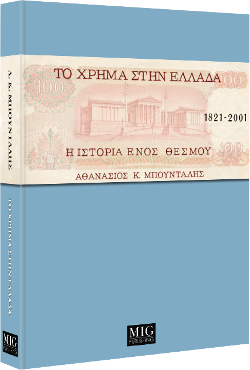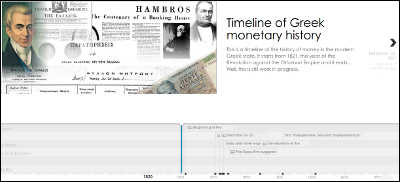You may have all the money, Raymond, but I have all the men with guns.Vice President Francis Underwood, House of cards, (2013)
How much money is cash?

05/11/2016 - 16:22
Money doesn't have to be in a physical form. Actually, the first form of money several thousand years ago was in the form of accounting entries, like banking deposits are today.
In the modern Greek state the amount of money that circulated as physical cash varied widely, from 100% before the establishment of the National Bank of Greece (and also during the German occupation) to around 7.5% just before the advent of the euro. The graph (in higher resolution here) shows the end-of-year estimates between 1836 and 1999.
Notes:
- Actual cash circulation figures should be larger, since during various periods foreign currency in the form of gold, silver and copper coins circulated alongside Greek currency. However there is no way to keep track of those quantities.
- These are end-of-year figures, since there are no reliable data on yearly or monthly averages of bank deposits and circulating cash, throughout this period.
- After the advent of the euro it became more difficult to assess the circulation of cash, since coins and banknotes can cross national borders within the eurozone with no national authority keeping track of these movements.








Add new comment